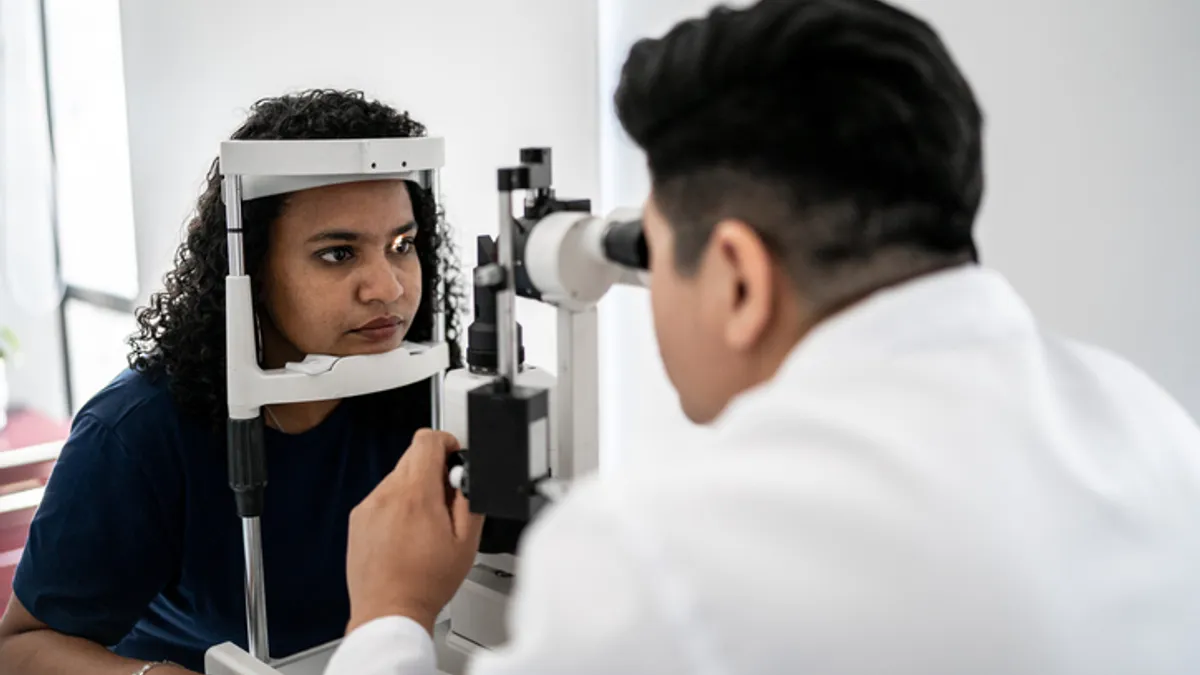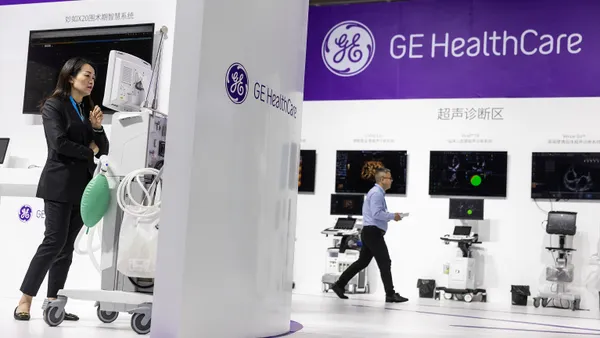Dive Brief:
- The Food and Drug Administration has published draft guidance on patient labeling information for laser-assisted in situ keratomileusis (LASIK) devices. The FDA is accepting feedback on the draft for 90 days.
- LASIK, an outpatient surgical procedure to correct common vision problems, is associated with risks including loss of vision, infection, pain and dry eyes. The FDA created the draft guidance in response to concerns patients are not receiving information on the benefits and risks.
- To improve communication, the FDA has proposed a format and content of patient labeling that covers the suitability of an individual for LASIK and the risks associated with the procedure.
Dive Insight:
LASIK is one of the most commonly performed elective procedures and a long-running area of focus at the FDA, which convened an advisory committee to discuss patient labeling in 2008. Those recommendations were turned into a draft guidance.
“These proposed labeling recommendations, based on extensive consultation with stakeholders and patients, are intended to present information about LASIK in language that is easy to read and understand and include images that convey visual symptoms that could occur following LASIK,” Jeff Shuren, director of the FDA’s Center for Devices and Radiological Health, said in a statement.
The suggested format for LASIK patient labeling features 10 sections that cover topics including the benefits, alternatives, and what to expect before, during and after surgery. Sections on contraindications, warnings, precautions and risks form the centerpiece of the draft.
In the section on contraindications, warnings and precautions, the FDA provides an example table with checkboxes that candidates for the surgery can use to discuss their suitability for LASIK with their doctors. It covers characteristics such as dry eyes and autoimmune diseases that can increase the risks of LASIK or make a person ineligible for the procedure.
Regarding risks, the FDA is recommending that labels start with the most severe and frequent complications, such as loss of vision, and then move on to rarer, milder side effects. The discussion of risks should include details of the effect of LASIK on future eye health, notably the challenges it causes to assessments of eye pressure and cataract surgery.










